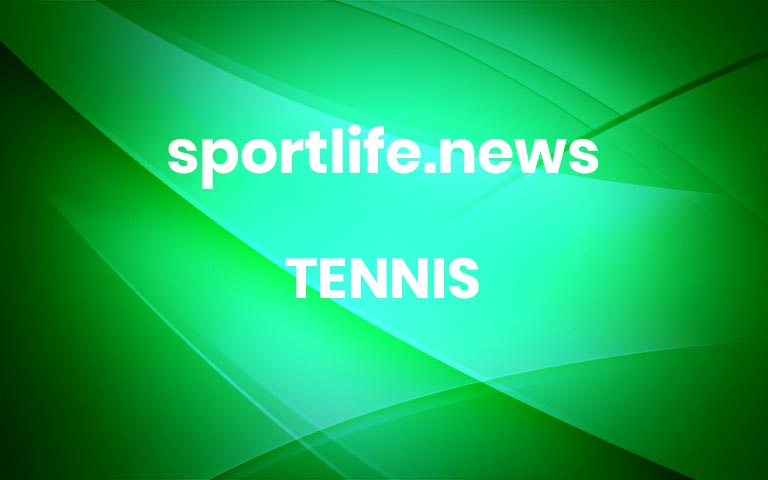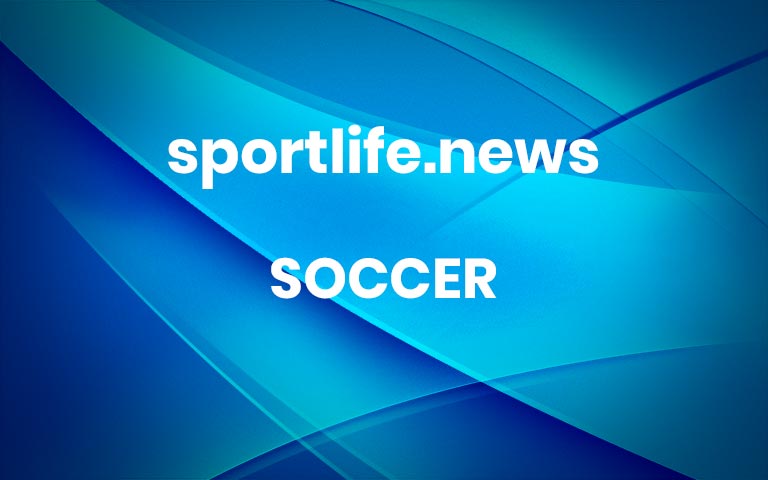Practical but Not Pretty. That’s Pro Tennis at Miami’s N.F.L. Stadium.
Five years ago, the Miami Open had to abandon Crandon Park on Key Biscayne for Hard Rock Stadium and its parking lot. It remains a work in progress.MIAMI GARDENS, Fla. — No one really wanted to move the Miami Open 18 miles north from the idyll setting of Key Biscayne to a suburban N.F.L. stadium and its parking lot.Not tournament organizers, or players, or county officials, or longtime fans. They so loved the Key Biscayne location that they tolerated the traffic from downtown Miami across the Rickenbacker Causeway and confines so cramped at Crandon Park that players sometimes stretched and warmed up on the stadium’s concourse.Trekking across the crystal waters of Biscayne Bay made a day at those old-school grounds feel like a mini vacation to tennis Shangri-La, with the coastal breezes through the coconut palms and dense vegetation easing the South Florida humidity. For many, a tennis tournament, even one as important as the Miami Open, is less a sporting event than a novel way to experience the best of what a region has to offer, whether it is the seascapes beyond Monte Carlo Country Club, or the desert mountain views of Indian Wells, Calif.Andy Murray of Great Britain signing autographs for fans after defeating Robert Kendrick during the 2007 Sony Ericsson Open in Key Biscayne.Clive Brunskill/Getty ImagesBianca Andreescu of Canada signed autographs and posed for photos with fans after defeating the United States’s Sofia Kenin at Miami Gardens on Sunday.Scott McIntyre for The New York TimesBut Crandon Park badly needed an upgrade. And while I.M.G., the sports and entertainment conglomerate that owns the tournament, was willing to spend some $50 million to renovate the main stadium, which seated roughly 13,000 spectators, and construct three new permanent stadiums with more than 10,000 seats combined, local opposition arose in the form of Bruce Matheson.Matheson’s family had donated the land for Crandon Park to Dade County in 1940 under terms that did not include private enterprise. A mediated settlement in 1992 allowed for one stadium, but he drew the line at three more, returned to court and won, preventing any expansion.With few options in South Florida, I.M.G. cut a deal with Stephen Ross, the owner of the Dolphins. He agreed to wedge a temporary tennis arena in the corner of Hard Rock Stadium each March and build a permanent grandstand, along with more than two dozen other courts, in his parking lot.Tatiana Golovin of France returning a shot to Elena Bovina of Russia during the NASDAQ-100 Open in 2005 in Key Biscayne.Ezra Shaw/Getty ImagesSpectators crowded the fence in hopes of getting an autograph while watching competitors practice during the Miami Open in Miami Gardens on Saturday.Scott McIntyre for The New York TimesIt was the polar opposite of Crandon Park charm, with its bandbox stadium that felt like a tennis version of a beloved nightclub. Roger Federer was not happy.“Right now it doesn’t feel great to move away from Key Biscayne to be honest,” he said during the tournament’s final year at the beach in 2018.Five years later, Stefanos Tsitsipas, the Greek star, is among those still pining for the old neighborhood and adjusting to the new setup — a stadium-within-a-stadium for the main court, a tennis complex MacGyvered into a car park. There can be a “don’t look up” quality to it all, lest the emptiness of the football stadium or the construction for a coming F1 race come into view.“It’s one of the very few tournaments of the year that I would say is soulless,” Tsitsipas said after he lost to Karen Khachanov of Russia in the round of 16. “It has zero vibe, zero energy.”Tsitsipas, who has never made it past the quarterfinals here, said he loves Miami as a tennis destination but that he believes that tennis tournaments should take place in venues where players and fans can connect with the history of the sport. “I bet any player would still choose to be on Key Biscayne,” he said.The United States’s Coco Gauff prepared to serve while playing Russia’s Anastasia Potapova in Hard Rock Stadium on Saturday.Scott McIntyre for The New York TimesFans watched as Novak Djokovic of Serbia played Andy Murray of Great Britain during the men’s final of the Sony Ericsson Open in 2009.Al Bello/Getty ImagesNot everyone. Carlos Alcaraz, the world No. 1 and defending champion, is a major fan of the new location.“A tennis court is always the same size,” Alcaraz said after beating Tommy Paul in straight sets on Tuesday. “I feel great here.”The expanded grounds and easier access to residents north and west of Miami allowed attendance to grow to a record 388,734 in 2019, 62,603 more than the Key Biscayne record. The tournament is likely to break that record this year. Joshua Ripple, I.M.G.’s senior vice president for tennis events, said the tournament is financially far more successful at the new site and can give players a workplace filled with amenities.“It used to be more about where you were going, how cool is the town, and where can me and my friends go out to eat,” he said. Now, he said, it’s about lots of practice courts, plenty of balls, good food on site, a big gym and decent transportation.Spectators walking and relaxing on the campus at the Miami Open on Saturday.Scott McIntyre for The New York TimesThe general outdoor dining near the entrance of the Crandon Park Tennis Center before the Ericsson Open in 2000.Clive Brunskill/Getty ImagesAt Hard Rock, I.M.G. can sell 50 lush corporate suites instead of 25 at Key Biscayne, and the 75-acre footprint, compared with 32 acres in Crandon Park, has allowed for 100,000 square feet of pop-up retail and festival space. Mark Shapiro, the president of I.M.G.’s parent company, Endeavor Co., called it “a day party” minus the pool.James Blake, the former pro who has been the tournament’s director since 2018, said he now has more opportunities to say yes to player requests. On-site ice baths. Private massage rooms. Private suites for the top eight players and defending champions. A sprawling recovery room. Shaded seating for players and their entourages on the football field, plus corn hole and spike ball. Even shower heads high enough to accommodate N.F.L. linemen — and tall tennis players like Daniil Medvedev and Alexander Zverev.It beats filling buckets from the hotel ice machine to fill up the tub in the room long after a match. Or a player dining area without enough seats.The campus of the Miami Open at Key Biscayne in 2018.Manuel Mazzanti/NurPhoto, via Getty ImagesSpectators taking a break from the sun in the shade during the Miami Open at Hard Rock Stadium.Scott McIntyre for The New York Times“There is room to grow here,” Blake said. “It felt like if you put one more person at Crandon Park, it was going to be Armageddon.”And yet, Crandon Park still has its pull.Late Wednesday morning, Jorge Fernandez, the father of the U.S. Open finalist Leylah Fernandez, was loading up a car after a practice session with his other daughter, Bianca, who is also trying to make it as a pro, on their favorite courts at Crandon Park, a world away from the action at Hard Rock Stadium.“No comparison,” he said, when asked about the old and the new tournament sites. “You got the beach, you got the golf course, you’re close to downtown.”Inside the old Crandon Park stadium, where Federer and Rafael Nadal played their first match in 2004 (Rafa won) two middle-aged locals were having a game. Federer and Nadal they were not — and that didn’t matter one bit.Sloane Stephens of the United States on Crandon Park Beach with the Miami Open trophy in 2018, the last year the event was held in Key Biscayne.Clive Brunskill/Getty ImagesThe Stadium Court at Crandon Park Tennis Center in Key Biscayne this year.Scott McIntyre for The New York Times More



